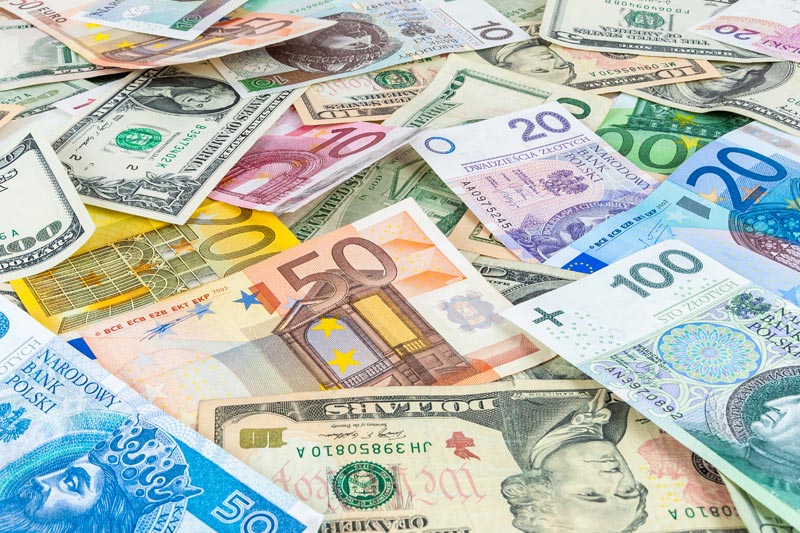Investing.com - The Australian dollar is trading higher against its U.S. rival Thursday after the release of Australia’s Private Sector Credit report.
In Asian trading Thursday, AUD/USD is higher by 0.11% at 1.0456. The pair was likely to find support at 1.0433, the low of March 25 and resistance at 1.0497, Tuesday's high. Traders are expecting lethargic action in pairs such as AUD/USD because markets in both countries will be closed Friday.
Earlier today, the Reserve Bank of Australia said that Australian Private Sector Credit rose to a seasonally adjusted 0.2% last month, matching the January reading. Analysts had expected Australian Private Sector Credit to rise 0.3% last month.
On Wednesday in its 66-page Financial Stability Review released earlier today, RBA noted that Australian banks are strong, but the central bank warned of risks, both foreign domestic.
RBA said the situation in Cyprus serves as a reminder of the political and social challenges tied to banking problems and budget woes.
Traders are perhaps turning their attention to the RBA meeting next week, though it appears few are willing to bet the central bank will lower interest rates. Amid a spate of positive economic news that indicate a previous round of interest rate reductions are working, RBA may not see the need to lower rates.
Australia’s benchmark overnight rate currently resides at 3%, which is high by the standards of many developed world economies. Should RBA keep rates there following the April meeting, the Aussie could rise against the greenback.
Elsewhere, AUD/JPY fell 0.18% to 98.48 while EUR/AUD declined 0.07% to 1.2229. AUD/NZD rose 0.06% 1.2485 after Statistics New Zealand said that New Zealand Building Consents rose to a seasonally adjusted 1.9% in February from -0.4% in January. Analysts expected a February increase of 3%.
In Asian trading Thursday, AUD/USD is higher by 0.11% at 1.0456. The pair was likely to find support at 1.0433, the low of March 25 and resistance at 1.0497, Tuesday's high. Traders are expecting lethargic action in pairs such as AUD/USD because markets in both countries will be closed Friday.
Earlier today, the Reserve Bank of Australia said that Australian Private Sector Credit rose to a seasonally adjusted 0.2% last month, matching the January reading. Analysts had expected Australian Private Sector Credit to rise 0.3% last month.
On Wednesday in its 66-page Financial Stability Review released earlier today, RBA noted that Australian banks are strong, but the central bank warned of risks, both foreign domestic.
RBA said the situation in Cyprus serves as a reminder of the political and social challenges tied to banking problems and budget woes.
Traders are perhaps turning their attention to the RBA meeting next week, though it appears few are willing to bet the central bank will lower interest rates. Amid a spate of positive economic news that indicate a previous round of interest rate reductions are working, RBA may not see the need to lower rates.
Australia’s benchmark overnight rate currently resides at 3%, which is high by the standards of many developed world economies. Should RBA keep rates there following the April meeting, the Aussie could rise against the greenback.
Elsewhere, AUD/JPY fell 0.18% to 98.48 while EUR/AUD declined 0.07% to 1.2229. AUD/NZD rose 0.06% 1.2485 after Statistics New Zealand said that New Zealand Building Consents rose to a seasonally adjusted 1.9% in February from -0.4% in January. Analysts expected a February increase of 3%.
